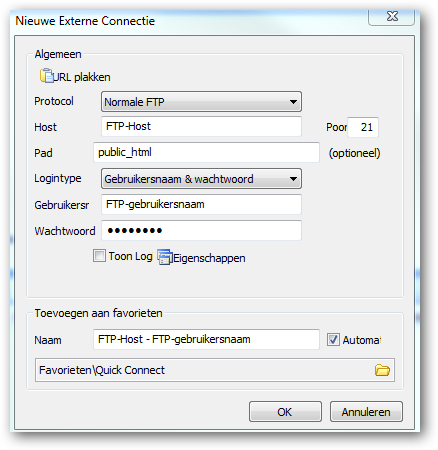

Although HTTP is the only protocol behind the web sites we visit and which we regard as “the internet,” there are many other protocols that, collectively, make up the internet.However, this mode can be disrupted by firewalls and other similar issues, for which cases there is the passive mode where the server pays attention but doesn’t actively maintain the connections, allowing the other device to do all the work. Active modes allow server and device to openly communicate over both channels, with the server actively establishing the connection by approving requests for data. FTP connections can be in active or passive mode.The data channel then transfers the actual data between devices. FTP uses two basic channels: The command channel contains the tasks involved in the file transfer - what files are to be accessed, are commands being registered etc.FTP is commonly used for website hosting and occasionally for file sharing purposes.FTP is often secured with SSL/TLS (FTPS) or replaced with SSH File Transfer Protocol (SFTP) to protect the username and password and encrypt the content.FTP clients must usually authenticate themselves with a clear-text sign-in protocol, most commonly a username and password, but can sometimes also connect anonymously if the server configuration allows it.

Users connect to servers via an FTP client, a simple software that lets you down- and upload files from the server’s directory and sub-directories.FTP is one of the oldest and simplest protocols in use today and still a convenient way to move files between clients and servers.


 0 kommentar(er)
0 kommentar(er)
